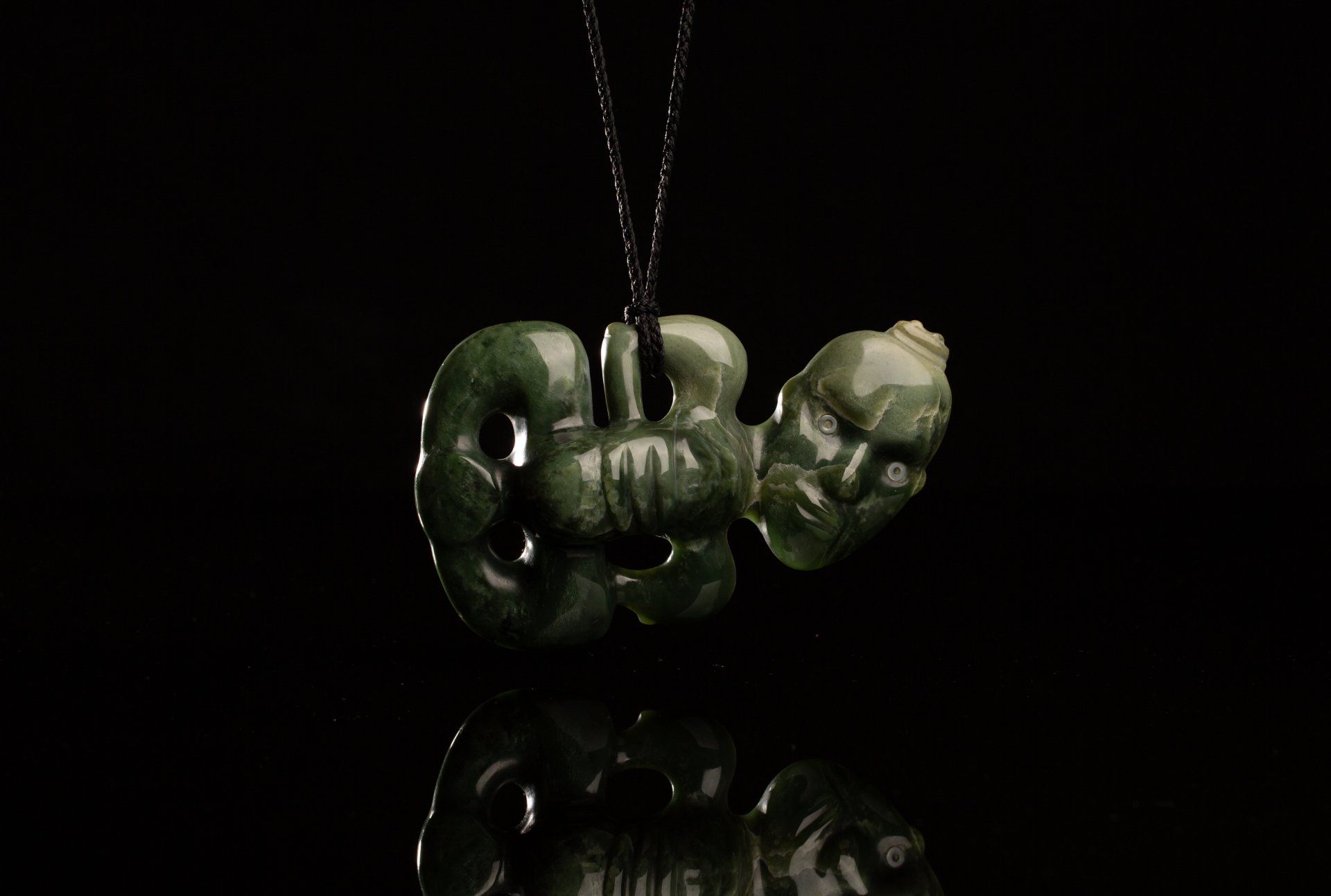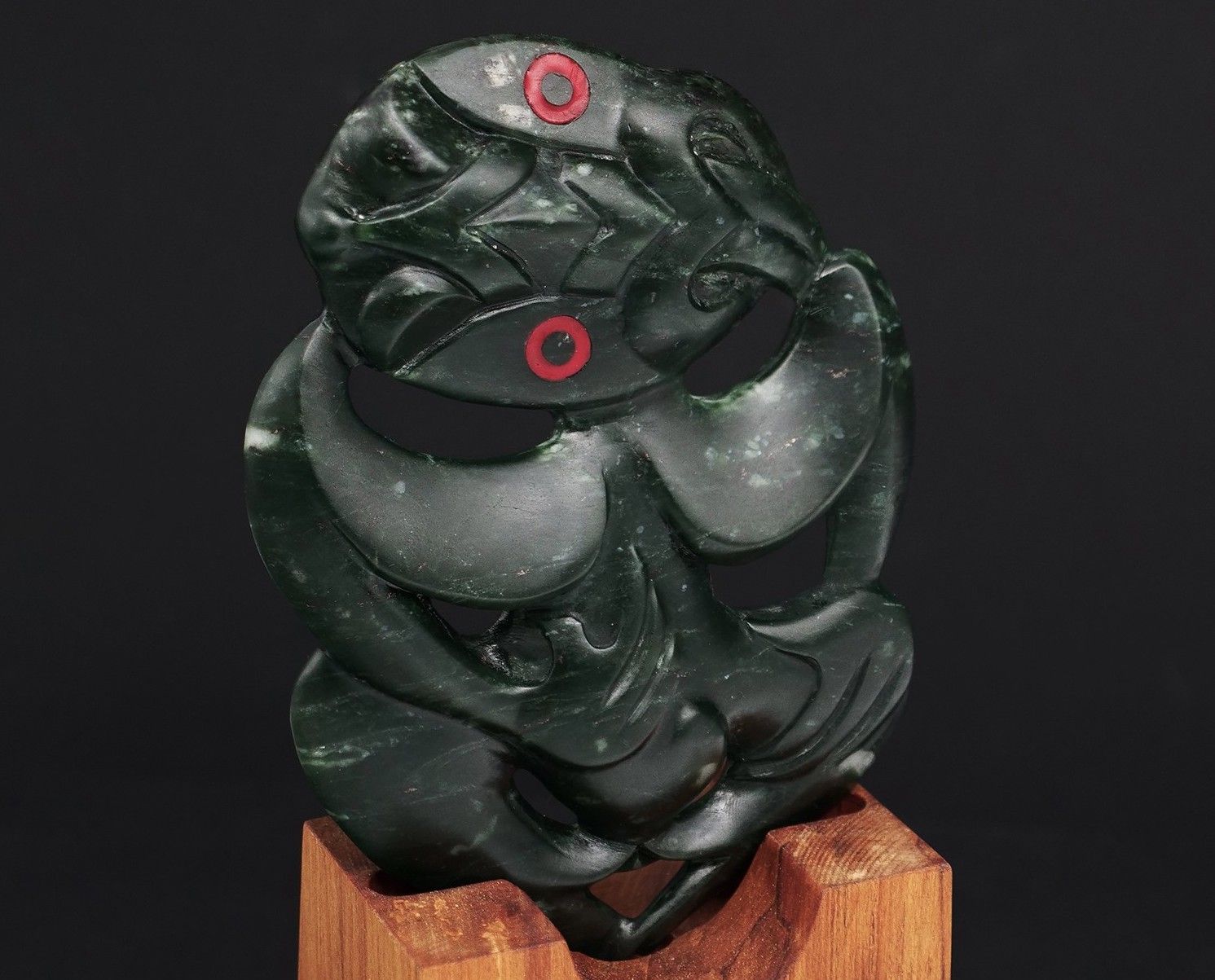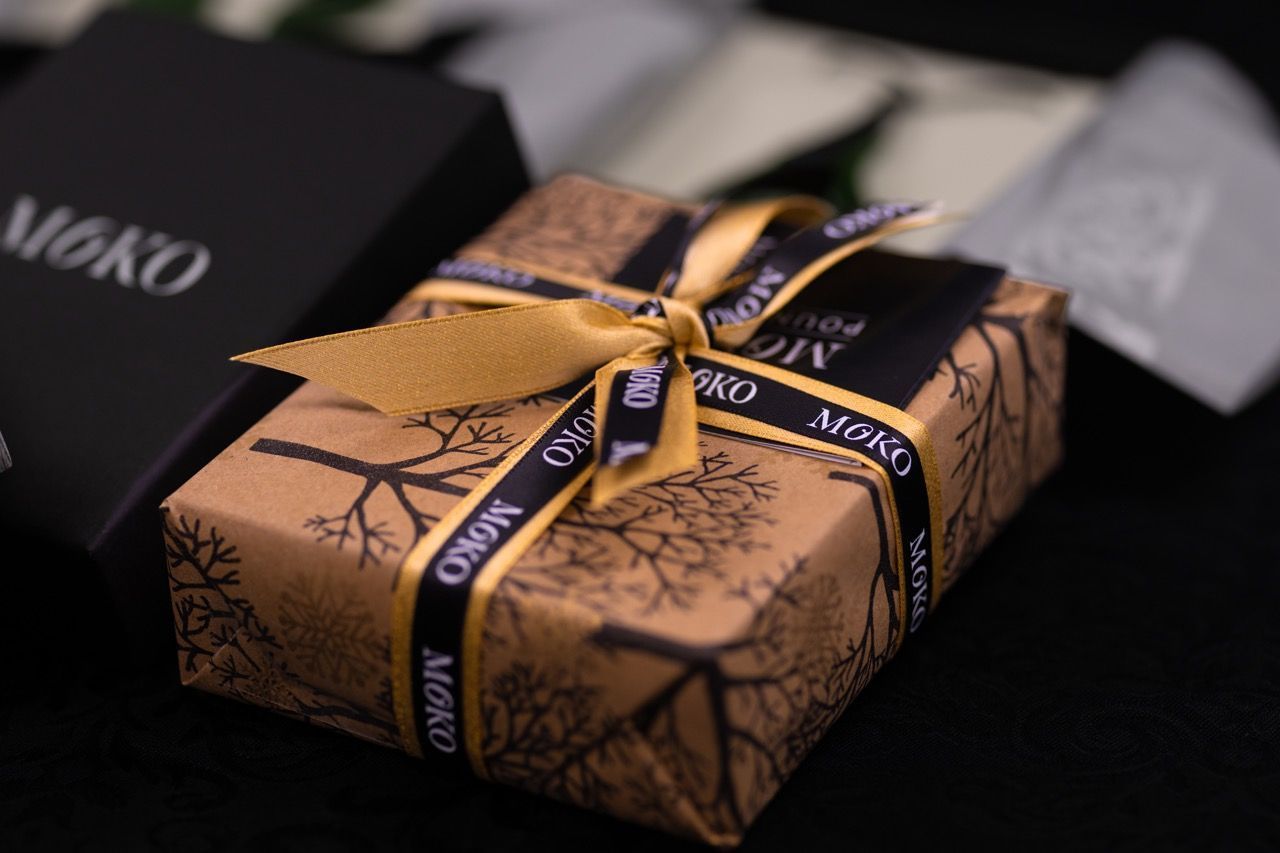
Where Pounamu is Found
Found in the South Island of New Zealand. What we know about Pounamu/Greenstone and its origins from the Mother Earth is that it is a metamorphic rock - that is to say rock which has been formed through tremendous heat and pressure - and evidently came into contact with various minerals which gave it certain properties.

Geologists have been able to determine that a series of events which defined certain eras in geological history resulted in rock formations which had been lifted, depressed, mixed with other rocks, enveloped in swamplands, covered in limestone and heated under pressure (not necessarily in that order). Given the unique combination of locations - being South Westland as we know it today - and surrounding materials and minerals, all of this rocky business resulted in Pounamu. Lucky us, we say.
One of the most common misconceptions about pounamu/greenstone is that it’s all green. While imported stone varieties that are commonly known as jade tend to be more green and have less variety in their shades, New Zealand pounamu comes in a range of shades from dark, opaque black to milky, translucent grey and just about everything in between!
Bands of Pounamu formations, which tend to run in a north-easterly direction, consist mainly of dunite and similar olivine rock, serpentine, talc formations and actinolite. The addition of other minerals explains why these formations are often referred to as a mineral belt.
Although rocks of similar qualities have been found further afield, it is widely accepted that Pounamu is found throughout Westland’s alluvial glacial moraines. Also known as part of the Southern Alps - and following a gigantic fault line which creates the backbone of the South Island. The main historical gathering places are between Greymouth and Hokoitka. Just exactly where certain varieties and types of stone originated from remains a mystery, locked away in a distant past, when all was upthrust and under ice.
Specifically speaking, the boundaries of pounamu discoveries are from Taramakau River in the north, the foothills of the Southern Alps in the east, Hokitika River in the south and various coastal locations in the west - owing to rocks being brought down rivers and then deposited on beaches along the West Coast.
The most important things to know about the discovery and distribution of pounamu are:
- Any member of the public is allowed to fossick for pounamu on the beaches of the West Coast of the South Island and they can take what they find as long as they can carry it on their person without assistance
- If raw pounamu is discovered outside the areas open to public fossicking and/or is larger than what one person can carry, it is the property of Te Runanga o Ngāi Tahu and should be notified to the Pounamu Management Officer immediately
At Moko Pounamu we have a longstanding and vested interest in the discovery and sustainability of pounamu, and we thoroughly enjoy inspecting any new pieces of stone that come through our doors.
*referenced from the Pounamu Management Plan
https://Ngāitahu.iwi.nz/wp-content/uploads/2013/06/Pounamu.pdf




